A historic look at popular attractions before tourism
A journey to a peaceful past
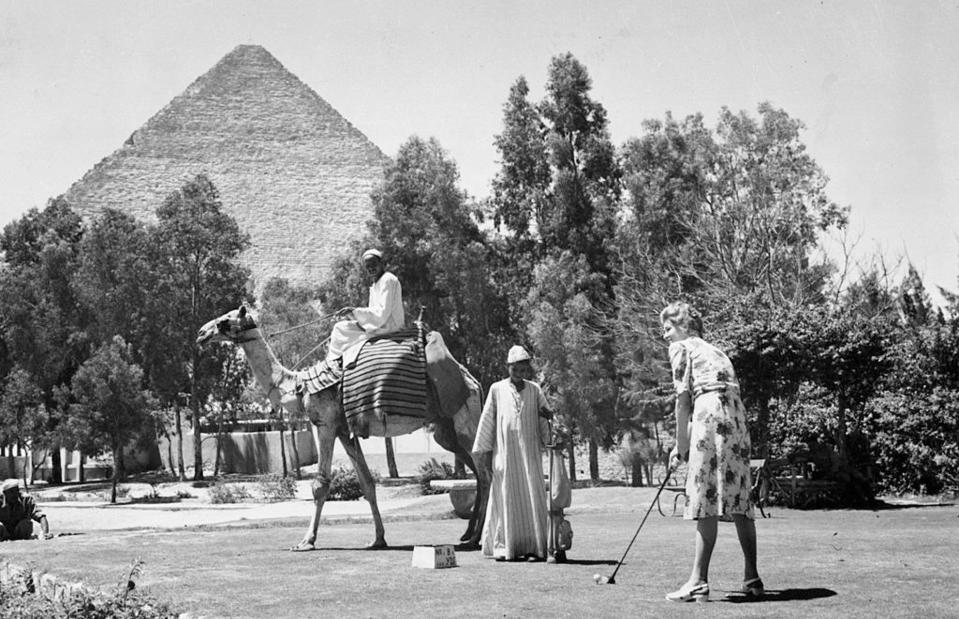
Pictorial Parade/Archive Photos/Getty Images
Since the 1970s – following the birth of the jumbo jet – millions of people have routinely taken off to destinations all over the world. Tourism has increased year on year, and popular cities and places of interest have become more and more congested. Until the pandemic, we could hardly imagine Venice or Times Square without huge crowds of people. But back before cheap holidays, paid time-off and Airbnb, these sites were peaceful backwaters visited only by locals or the wealthy elite. We take a look back at those calmer, quieter days...
Times Square, New York City, USA, 1903

Museum of the City of New York/Byron Collection/Getty Images
On busy days, some 460,000 pedestrians pass through Times Square, which is situated at the junction of Broadway and Seventh Avenue in New York City. They come for the theaters, the restaurants and the shops, and to marvel at the neon advertising signs. It’s hard to imagine a more crowded and popular tourist destination – but 120 years ago, Longacre, as it was then called, was a quiet area known primarily for its horse-carriage industry.
Times Square, New York City, USA, 1936

Frederic Lewis/Getty Images
The name was changed to Times Square in 1904, when the New York Times newspaper moved its office here. The area then became famous for its theaters, and really bloomed after the First World War, when the famous advertising displays sprang up. The Great Depression took its toll through the 1930s, and Times Square went into a decline. But, after the 1950s, tourism began to increase. Now, in the 21st century, it's buzzing and bustling, and one of the most Instagrammed places in the world.
Venice, Italy, circa 1910
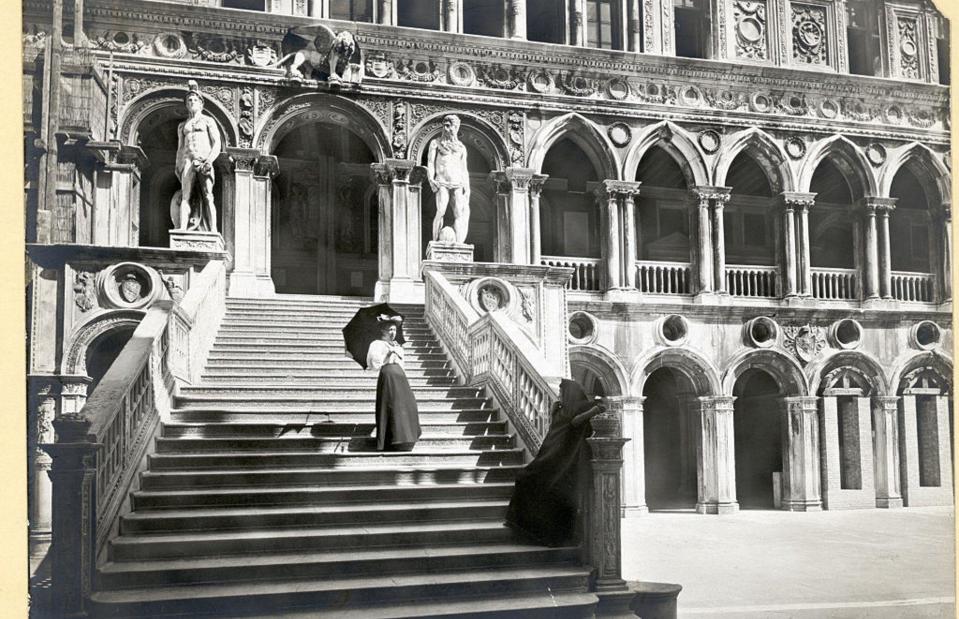
Bettmann / Contributor/Getty Images
If you asked people to name the world’s most crowded tourist destination, many would say Venice. The city has only 55,000 residents and tourists often outnumber them, with 120,000 people pouring in on busy peak-season days. Although it's mercifully free of cars, the city can get so crowded in the summer months that there are fears for the infrastructure. However, during the 19th century, Venice was mainly visited by the wealthy European or American elite enjoying their Grand Tour.
Venice, Italy, 1958
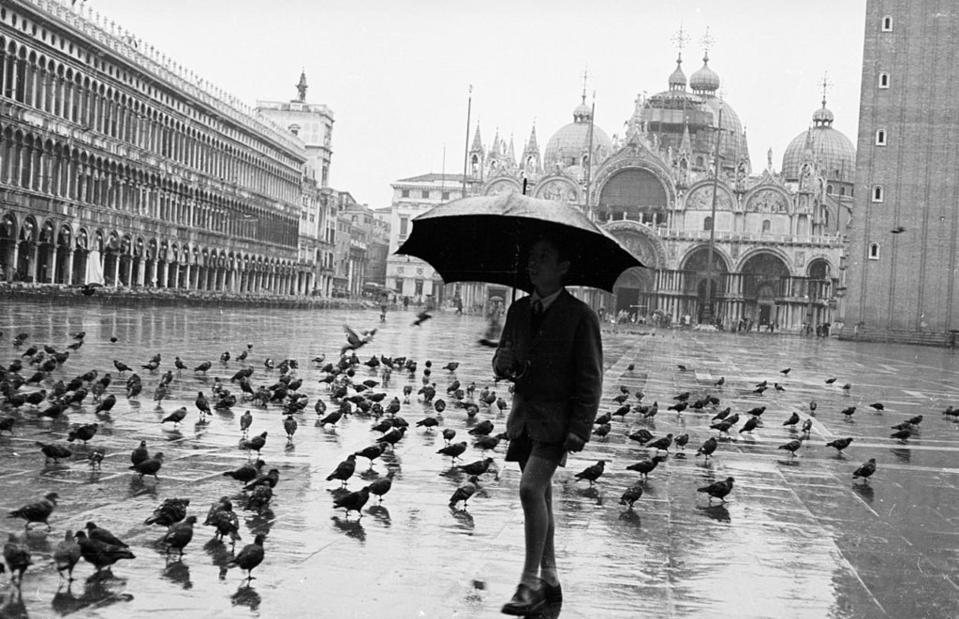
Koenig/BIPs/Getty Images
Venice experienced serious flooding in the 1960s and this picture, taken in 1958 in St Mark’s Square, seems to presage that event. Since that time, the number of tourists has grown year on year. The arrival of enormous cruise ships into the harbour dwarfed the city and its beautiful architecture. They were only banned in 2021. During pandemic lockdowns, dolphins returned to the harbor, but the lack of tourists was financially disastrous for the city.
Hollywood, California, USA, circa 1880
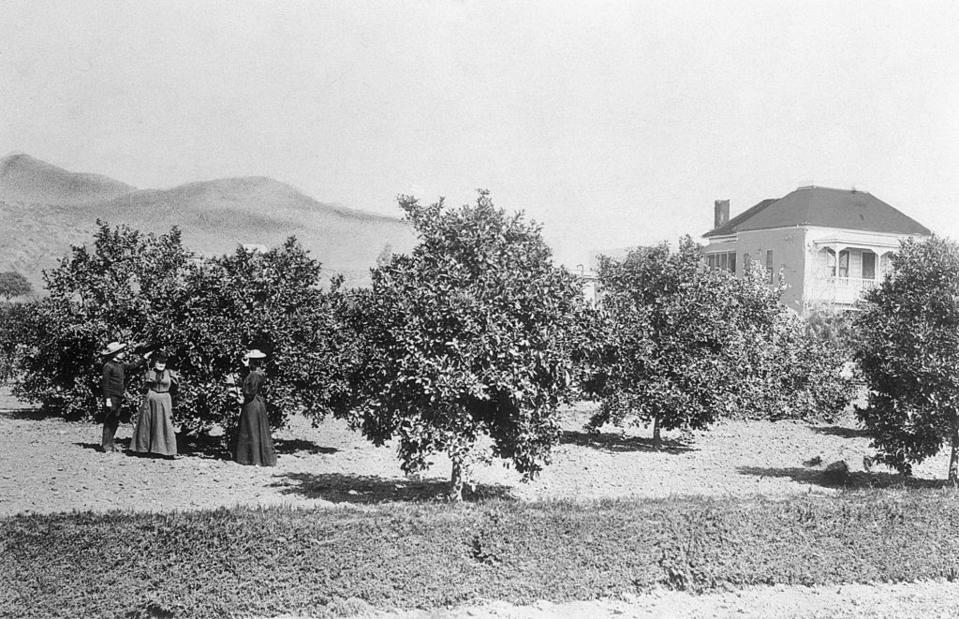
Bettmann/Contributor/Getty Images
Millions of visitors pour into Los Angeles each year – and they come to Hollywood to get a taste of the glitz and glamor, and maybe spot a celebrity of two. But, in the 19th century, the area was simply known for its wonderful climate, fertile soil and agriculture. This orange orchard stood where hectic Hollywood Boulevard and Western Avenue now intersect. By 1886, the new city of Hollywoodland was in the planning stage and from the early 1900s film companies started to arrive.
Hollywood, California, USA, circa 1924

Underwood Archives/Getty Images
Here, a sign advertises the opening of the Hollywoodland housing development in the Mulholland Drive hills in 1924. The white building is the Kanst Art Gallery. The large film companies, such as Warner Bros. and Colombia, had already arrived and they brought the movie stars, the development and, of course, the tourists who now dominate this area.
Singapore, circa 1930

Bettmann/Contributor/Getty Images
The tiny island state of Singapore in Southeast Asia attracts around 18 million tourists a year, despite having a population of only five million. In fact, it's the fifth most visited city in the world. However, when British statesman Stamford Raffles – tipped as the 'founder' of modern Singapore – came across it in 1819, it was a simple fishing village. It became a British colony in the 1820s and functioned as a strategic port. The Raffles Hotel, opened in 1887, is pictured here.
Singapore, 1962

Bettmann/Contributor/Getty Images
After the Second World War, Singapore gained its independence and set about reforming its economy and becoming a regional powerhouse. It came to be seen as dynamic and business-friendly, and its amazingly futuristic buildings made it a tourist magnet. In the 1960s, when this picture was taken, it still retained some of its old architecture and a slower pace of life.
Palma, Mallorca, Spain, 1935
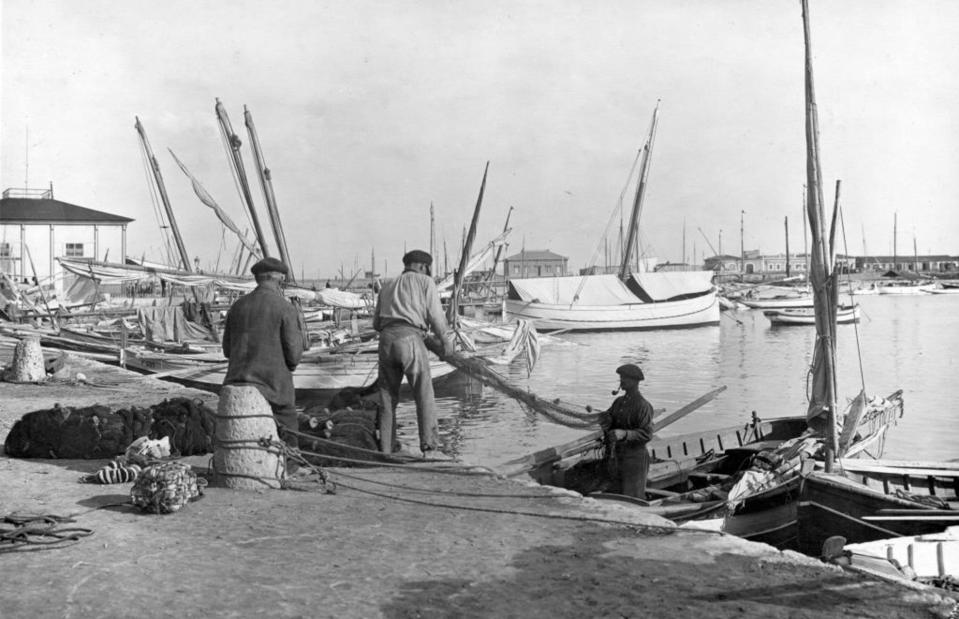
Fox Photos/Getty Images
The beautiful Balearic island of Mallorca and its capital Palma is a favorite destination for millions of European tourists. Each year, 3.4 million Germans pay a visit and 2.3 million British tourists enjoy vacations here. Mallorca saw the potential for tourism early and in 1959 the Spanish government simplified the entry requirements to encourage visitors. In 1935, though, when this shot was captured, fishing was still the island's main industry.
Palma, Mallorca, Spain, 1935

Fox Photos/Getty Images
Before the luxury hotels, swimming pools, fancy restaurants and beach umbrellas, Mallorca's unique culture was free to flourish – this 1930s photo shows women dressed in traditional costume with striped shawls and ‘rebozillo’ headdresses.
Dubai, UAE, 1967

Chris Ware/Keystone Features/Hulton Archive/Getty Images
It was the discovery of oil in the late 1960s that transformed Dubai from a small port to the futuristic city we see today. Back in 1900, Dubai was established as a free port which meant no taxes were paid. The nearby village of Jumeirah, which consisted of a few simple huts, made money from pearl fishing. This trade went into decline when cultured pearls became available in the 1930s, causing great poverty in the area.
Dubai, UAE, 1965
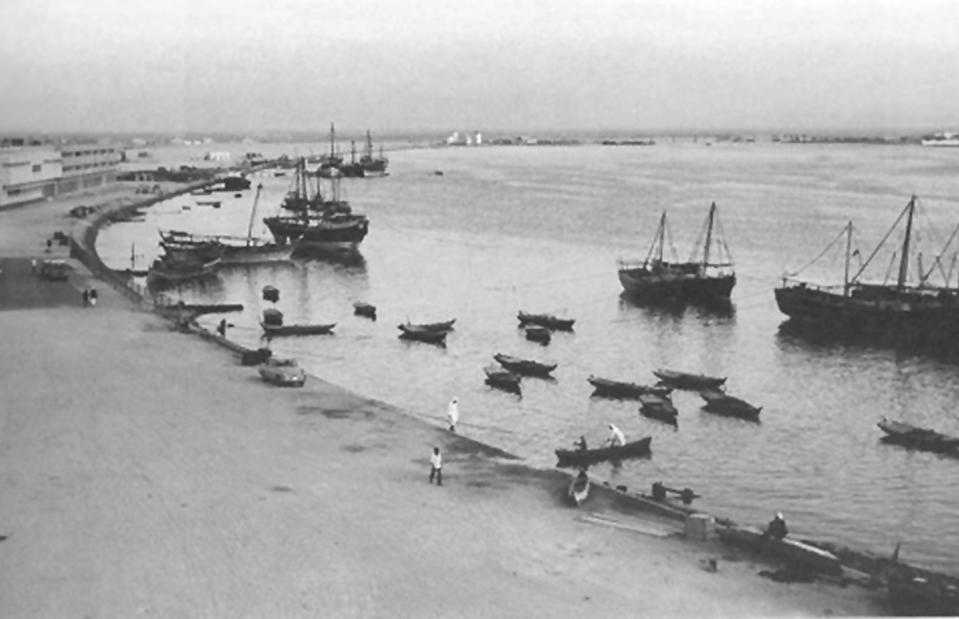
Noor Ali/Public domain, via Wikimedia Commons
This picture shows the Al Ras district in Deira and Dubai Creek. This was before the discovery of oil changed Dubai forever. The enormous wealth and influx of immigrants meant the city's population grew to nearly three million. In 2019, the near 16 million tourists staying in Dubai's hotels made it the fourth most visited city in the world.
Sydney, Australia, 1905
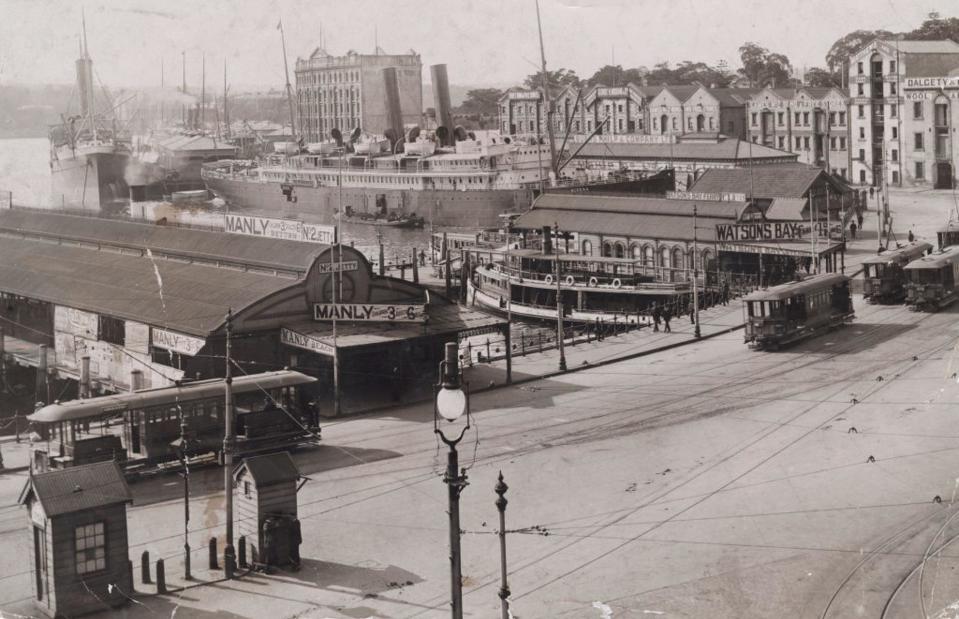
General Photographic Agency/Hulton Archive/Getty Images
Sydney, the jewel of the Pacific, hosted 16.4 million visitors in the year ending September 2019 and is the most visited Australian destination. It's cosmopolitan, vibrant and the area around the harbor is very crowded. But the sun, sea and surf image of Sydney is relatively new. Around 1900, daylight bathing was considered indecent and the harbor was a place just for trade and not a visitor attraction.
Sydney, Australia, 1965
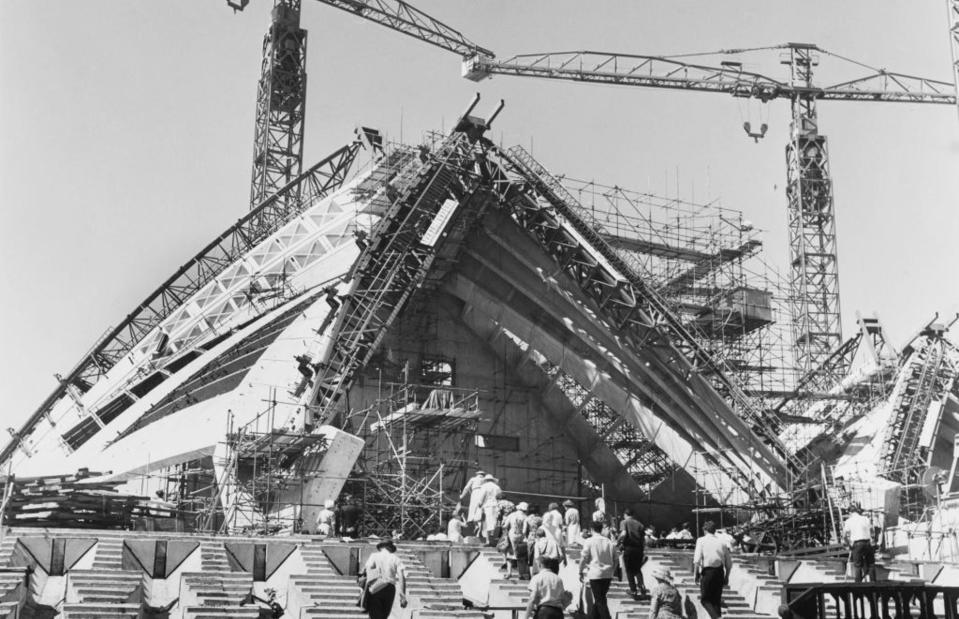
J. R. T. Richardson/Fox Photos/Hulton Archive/Getty Images
In the years after the Second World War, Sydney began to change its image, reimagining itself as a cultural hub. The iconic Opera House, which was built through the 1960s, led the charge. Designed by Danish architect Jørn Utzon, the Opera House's design is a nod to sailing boats on the harbor and it truly brought Sydney to life.
Bangkok, Thailand, 1893

Chicago History Museum/Getty Images
Bangkok regularly tops the list of the world’s most visited cities. In 2017, an astonishing 20 million people made the journey. People pour in for the amazing temples, the delicious food and the buzzy markets. But, at the start of the 20th century, the capital of then-Siam looked like a medieval city surrounded by fortified walls and its economy depended mainly on trade with China.
Bangkok, Thailand, 1952
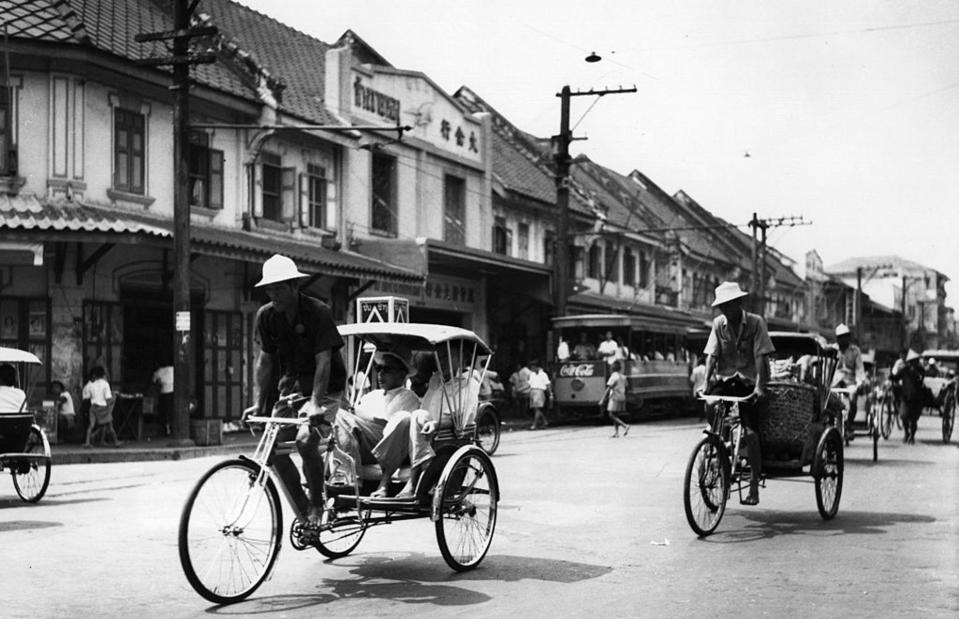
Baron/Hulton Archive/Getty Images
As the country sided with Japan in the Second World War, it was heavily bombed, but received American aid afterwards. The economy grew and during the 1950s, tourism to the city increased. These pedal-powered rickshaws were then a very common means of transport, and this Fifties snap shows a scene worlds away from the modern metropolis we're now familiar with.
Penang, Malaysia, 1903
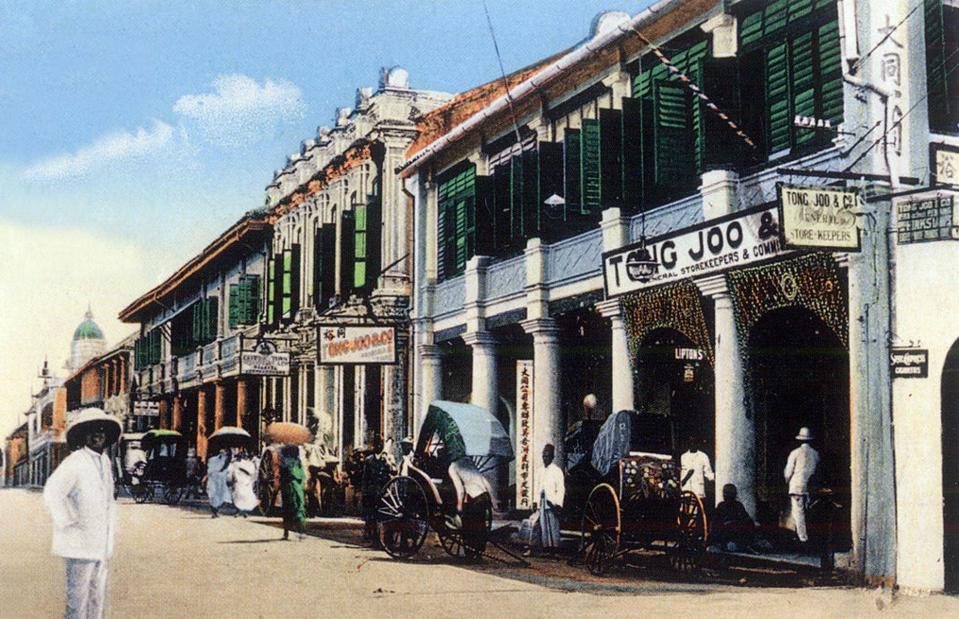
Apic/Getty Images
Upwards of seven million tourists visit Penang, on the northwest coast of Malaysia, each year, and they come for the sandy beaches, world-class food and shopping in the modern city of George Town. It’s a far cry from the 19th century when the British-controlled area was a free port exporting products such as spices and tin. At that time, the diverse population of Chinese, Indian and Malay suffered poverty, bad sanitation and poor healthcare.
Penang, Malaysia, 1959
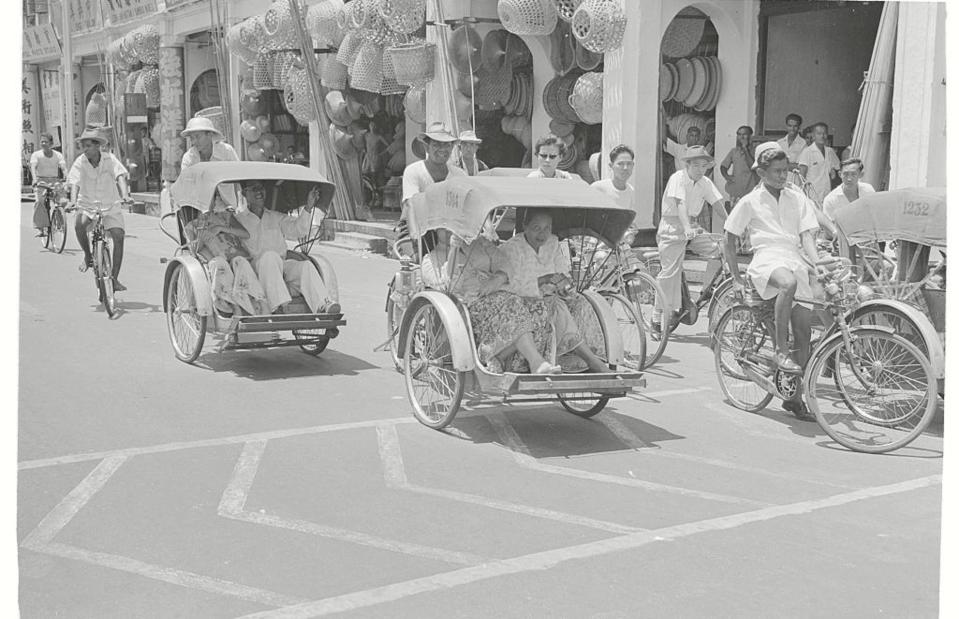
Bettman Collection/Getty Images
Penang suffered terribly during the Second World War with occupation by the Japanese and Allied bombing destroying the port. Afterwards, the area was absorbed into Malaysia and lost its free port status causing an increase in poverty. However, the economy vastly improved in the 1990s and the preservation of old buildings gave Melaka and George Town World Heritage Status in 2008. Now Penang is one of the most popular destinations for tourists in Southeast Asia.
Tokyo, Japan, 1880
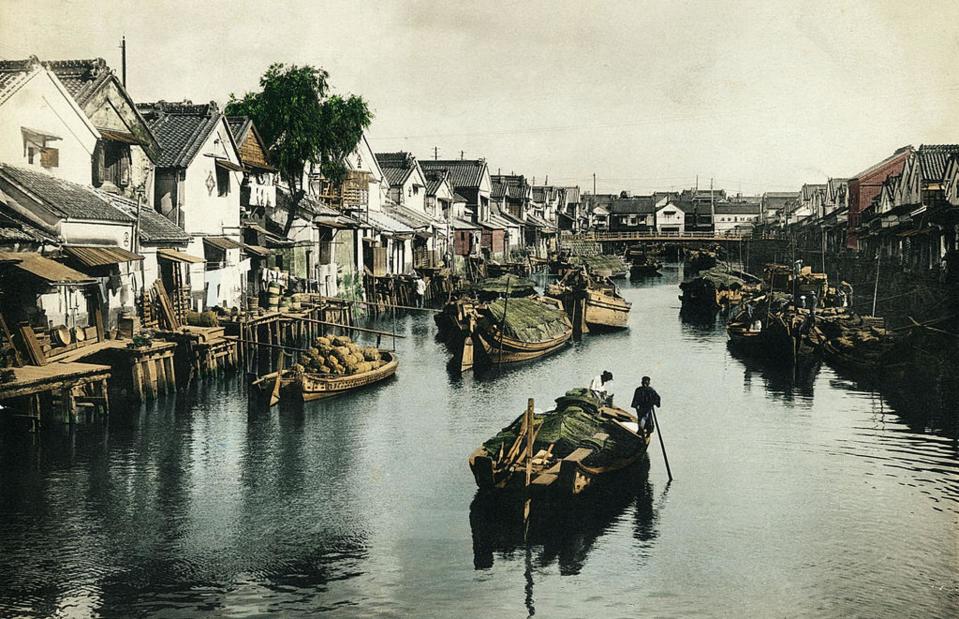
Hulton Archive/Getty Images
In 2018, an amazing 14.24 million tourists visited Tokyo and the city has been transformed in a relatively short space of time. The former small fishing village of Edo only became the capital of Japan in the 1860s, when the Emperor moved his palace and administration here. Japan had long maintained its policy of isolation from the rest of the world and few Westerners ventured into this city. By the 20th century, some intrepid visitors began to arrive.
Tokyo, Japan, 1925
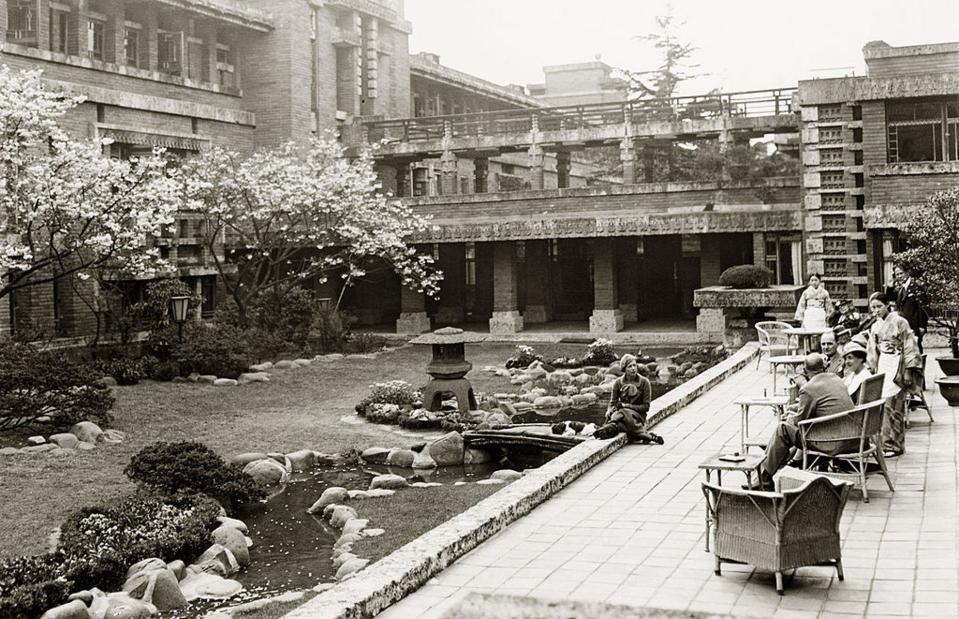
FPG/Hulton Archive/Getty Images)
The Imperial Hotel (pictured), designed by Frank Lloyd Wright, was opened in 1923. After its destruction during the Second World War and the end of the American occupation in 1952, Tokyo was completely rebuilt. Sadly this hotel was demolished in 1968. In the 1970s, Tokyo had one of the tallest skyscrapers in Asia and the building of an extensive transport system brought commerce, employment and an influx of tourists, which continues today.
Dubrovnik, Croatia, 1910

Magyar Földrajzi Múzeum/Erdélyi Mór cége, Public domain, via Wikimedia Commons
The old walled city of Dubrovnik is now a favorite tourist destination (1.27 million tourists in 2018) and that might be surprising given its checkered history. Formerly known as Ragusa, the city is on the Adriatic Sea in southern Croatia. Dubrovnik ruled itself as a free state for many centuries, making its money from trade. However, earthquakes and war took a toll on the city. As recently as the 1990s, Dubrovnik suffered bombing in the Bosnian war.
Dubrovnik, Croatia, 1967
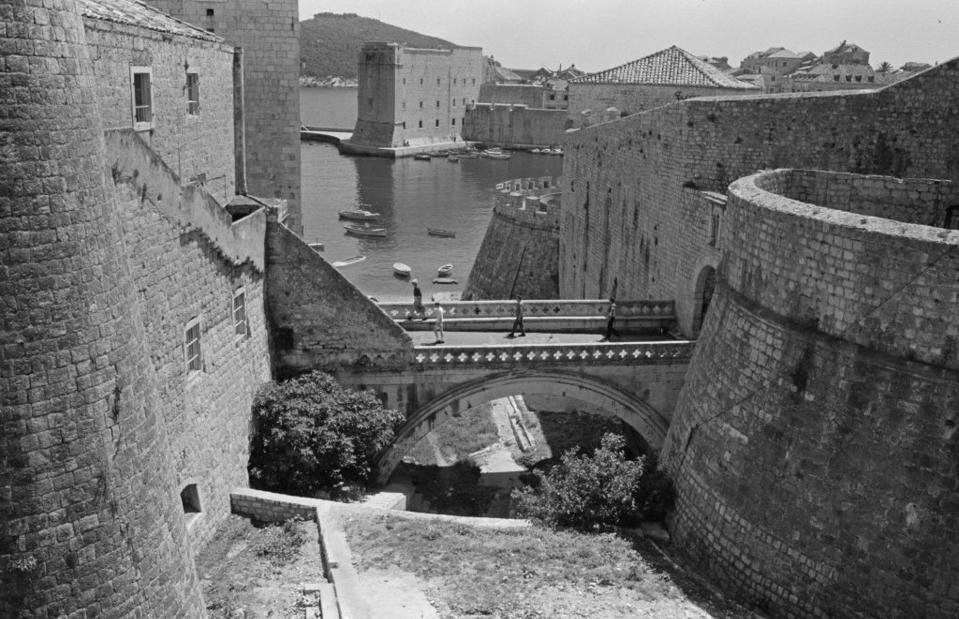
McAnally/Graphic House/Archive Photos/Getty Images)
Since the early 2000s, the city has emerged as one of the Mediterranean’s most popular tourist destinations – so popular, in fact, that a cap had to be put on the number of visitors. In 1979, the Old City of Dubrovnik was made a UNESCO World Heritage Site in recognition of its medieval architecture and fortified walls, which run for 6,365 feet (1,940m) and reach a height of 80 feet (24m). Tourists love the history, the beaches and the ambience of this beautiful city.
Hong Kong, 1865

Apic/Getty Images
The tiny island and peninsula of Hong Kong and Kowloon is one of the most densely populated areas of the world. The population stands at 7.5 million in an area of 426 square miles (1,104sq km). Added to that, in 2018 there was a record high number of tourists – 65 million. But that hasn't always been the case. Hong Kong became a British colony in 1841 and was then a collection of fishing villages. Buildings were constructed along the waterfront to house British civil servants.
Hong Kong, 1895
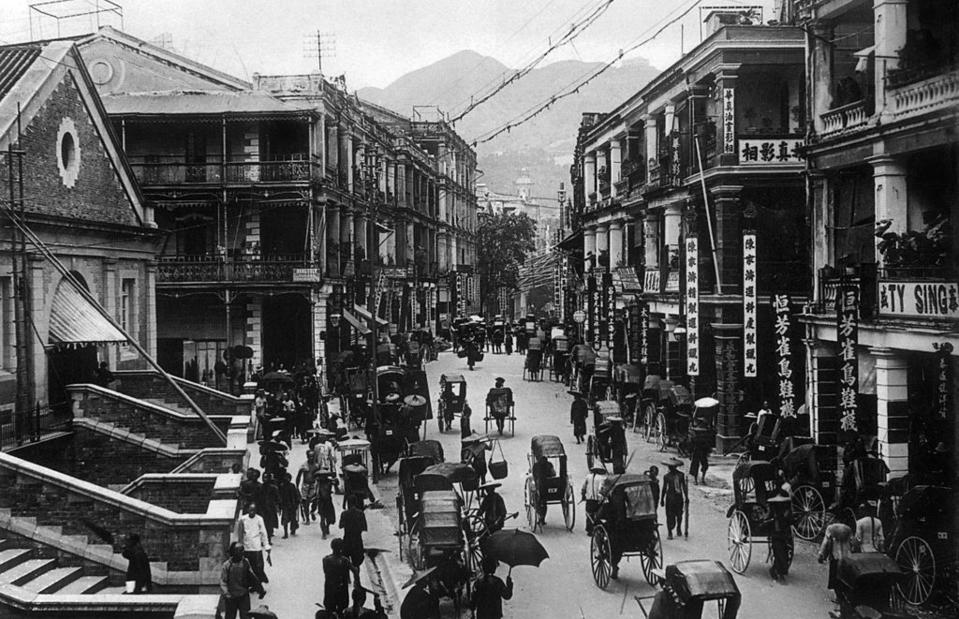
Apic/Getty Images
The Second World War and the 1950s brought an influx of immigration from mainland China and Hong Kong began to industrialize quickly, becoming a center for electrical goods. Improved infrastructure, such as transport, schools, a civil service and social housing, meant that by 1990, Hong Kong was a global financial centre. The colonial lease Britain had on Hong Kong expired in 1997 and things have been politically volatile, though travelers are still lured to this frenetic city.
Angkor Wat, Cambodia, 1910

adoc-photos/Corbis via Getty Images
The amazing 12th-century temple complex of Angkor Wat in Cambodia attracted a staggering 2.6 million visitors in 2018. This is all the more amazing when you consider that, around 100 years earlier, hardly anyone had heard of its existence. The site was largely hidden by the jungle and only 'rediscovered' by Westerners in 1860, when it came under French control. Teams of workers were sent out and gradually pushed back the jungle to expose more of the amazing architecture and sculptures.
Angkor Wat, Cambodia, 1931
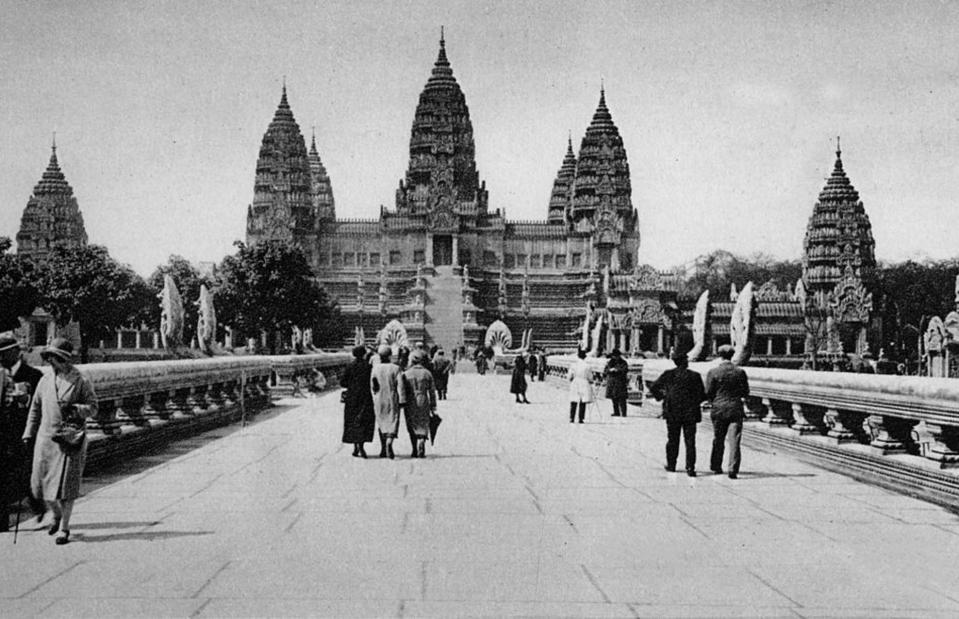
Apic/Getty Images
Angkor Wat's fame increased in the 1930s when a life-size replica was made of the complex for the Paris Colonial Exposition in 1931. By 1953, Cambodia had gained independence from France and the temple site was given UNESCO World Heritage status in 1992. At this point, only about 7,650 tourists visited the site. But, in the 21st century, it's one of the most popular destinations in Asia, especially after the filming of Tomb Raider with Angelina Jolie in 2001.
Amsterdam, The Netherlands, 1890
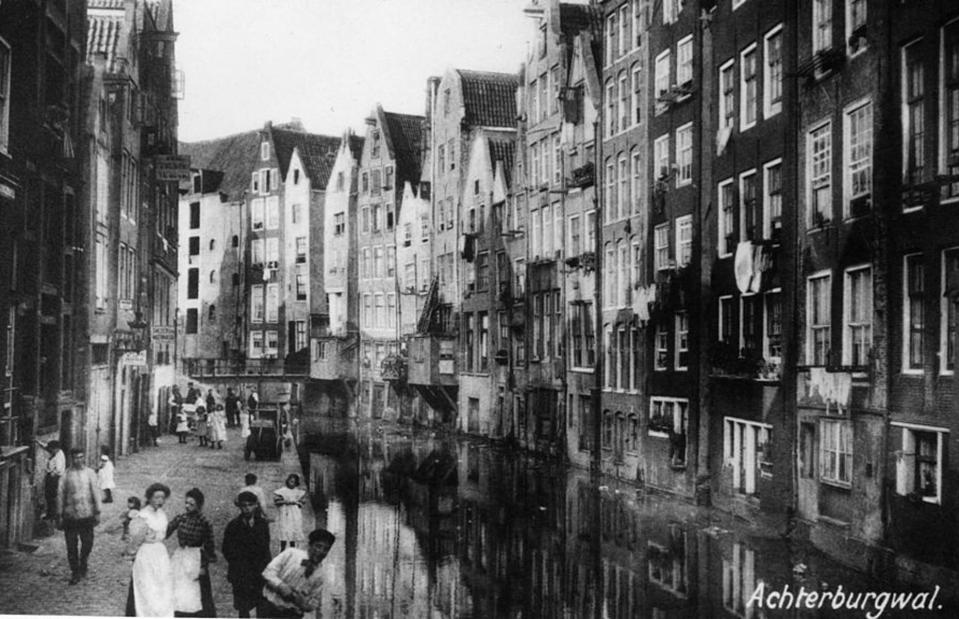
Hulton Archive/Getty Images
The Dutch city has long been a centre of trade and famous for its art and ceramics. It enjoyed a Golden Age in the 17th century, but still remained relatively small and quiet. The city went into decline in the 18th and 19th century, as conflicts shook the country. Yet, by the start of the 20th century, it began to revive with new museums and railways pulling in visitors. Amsterdam was devastated once more during the First World War, and under German occupation during the Second World War, and only began to find its feet again during the 1950s.
Amsterdam, The Netherlands 1955
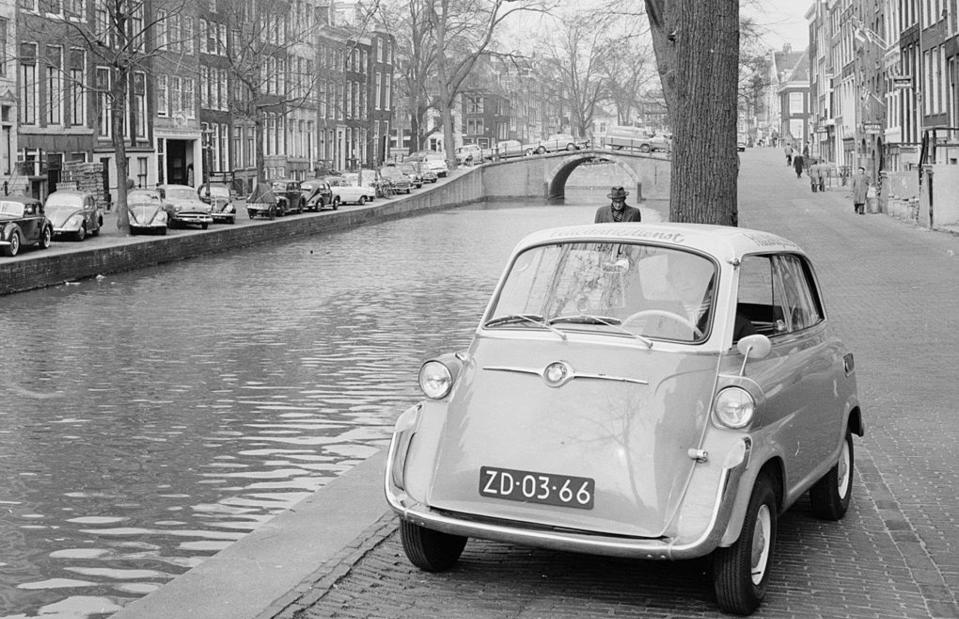
Hans Bethlem/BIPs/Getty Images
As Amsterdam prospered, more suburbs were built. However, planned new roads never materialized and the city decided to preserve its old streets and keep the cars out. It was a good call. In 2010, three of the city's famous canals were added to the World Heritage Site list. Today the beautiful tree-lined streets, the infrastructure for bicycles and pedestrians, and the elegant canals pull in millions of visitors each year.
Cairo, Egypt, 1918
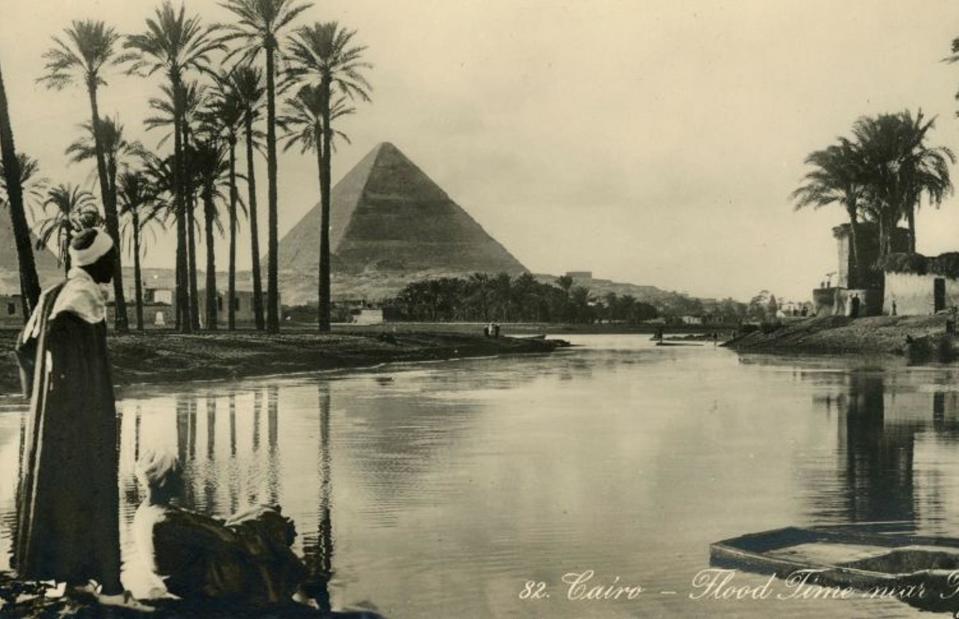
The Print Collector/Getty Images
The last remaining of the Seven Wonders of the World, the astonishing pyramids outside Cairo in Egypt are visited by some 14.7 million people every year. The magnificent sight is on many a must-see list. However, in the late-18th century, the area was reduced to a training ground for French and British troops. It's rumored that they even used the Sphinx for target practice. The region is pictured here some years later, looking rather more serene.
Cairo, Egypt, 1950
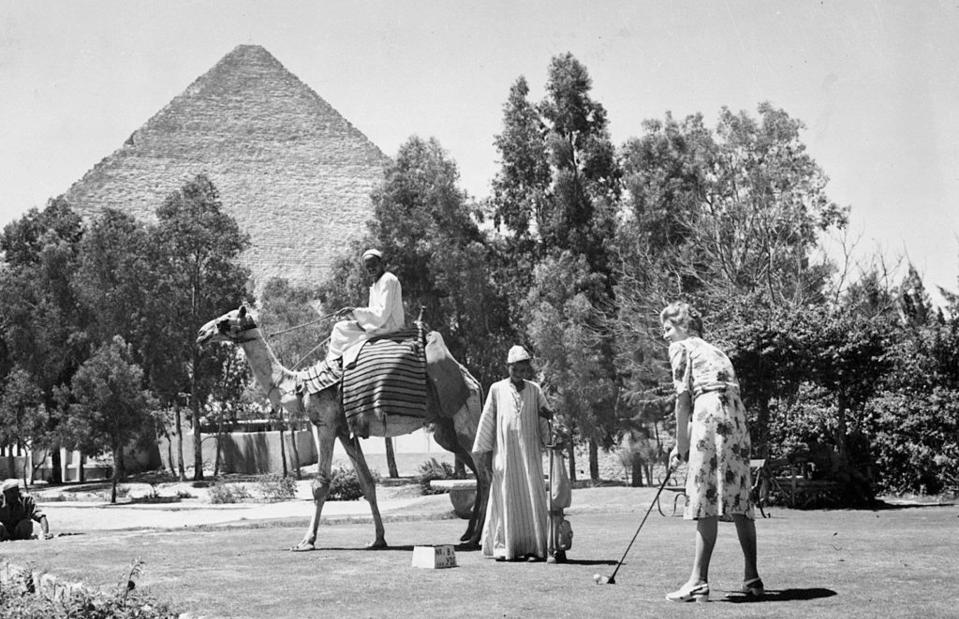
Pictorial Parade/Archive Photos/Getty Images
By the late-19th century, tourism began in a small way when travel company Thomas Cook started offering trips for wealthy and well-educated Westerners. It became part of the Grand Tour for the young, rich, leisured classes but still remained quiet. The discovery of the treasures in Tutankhamun’s tomb in 1922 astonished the world and revived interest in ancient Egypt in general. Now, a trip to the Great Pyramids is a big-ticket bucket-list item.
The Great Wall of China, 1911

Topical Press Agency/Getty Images
The popular myth that the Great Wall of China is visible from space only emphasizes how mighty the structure actually is. But still it strains under the weight of tourists. In 2018, more than 9.9 million people visited the ancient wall – that's 80,000 per day in the peak season. It became so congested that caps had to be put on visitor numbers. However, go back to the 19th century and it was a different story. The wall had fallen into disrepair, and it was only in 1911 that it was seen as a national monument worthy of preservation.
The Great Wall of China, 1965

Roger Whittaker/Pix/Michael Ochs Archives/Getty Images
The cultural revolution of the 1960s saw the wall denounced as a symbol of the feudal past and there was a campaign to neglect or even destroy it. Stones and bricks were taken away to be used in modern housing. In the 1980s, it was again recognized for its national importance and a renovation campaign began. In 1987, it became a UNESCO World Heritage Site and the quiet days of the wall were over as the tourists began to flood in.
Now discover how the world's most famous attractions have changed


